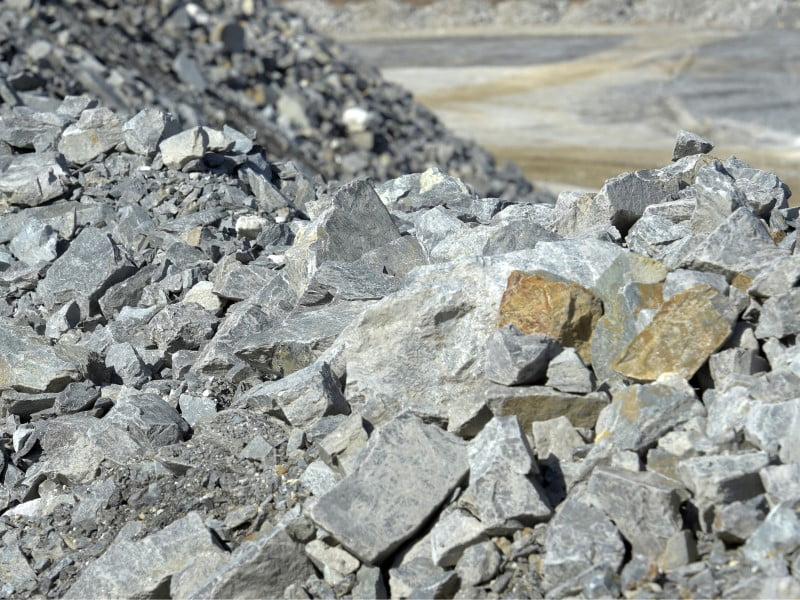A $566 million decadal investment in critical minerals and other resource exploration will be included in the next federal budget in an effort to locate more of the raw ingredients needed for a revival of Australian manufacturing.
But the data will also aid carbon intensive industries and controversial carbon capture projects critics say are delaying the clean energy transition.
The funding will go to Geosciences Australia (GA), with the agency to improve its delivery of data, maps, and other tools useful to the resources industry.
The information is vital for identifying deposits of critical minerals, fossil fuels, and other resources. But it will also be available to assist regional communities, farmers and First Nations peoples in land management, and could be used in infrastructure planning and environmental assessments.

GA’s Resourcing Australia’s Prosperity (RAP) program will for the first time produce a comprehensive map of both onshore and offshore geological resources across Australia. It will also map potential sites for hydrogen storage as well as carbon capture and storage.
The federal government says the program will be run over a 35-year period with findings to be made freely available.
Announcing the RAP in Perth on Wednesday, Prime Minister Anthony Albanese said “so much of our future prosperity depends on finding more critical minerals, extracting more critical minerals – and doing more with critical minerals before we export them”.
The new $566.1 million commitment will flow from July 1, with the RAP funding stretched over the next ten years.
Resources minister Madeleine King added in a statement that the “road to net zero runs through Australia’s resources sector” because the minerals it produces are needed to “drive our economy and build the technology we need to reduce emissions”.
According to GA, around 80 per cent of Australia is underexplored, leaving potential for many undiscovered critical minerals deposits that are not relatively close to the surface.
The RAP program will build on Geoscience Australia’s $225 million Exploring for the Future program, which already aims to better understand geology to support the potential for “mineral, energy and groundwater resources”.
When the program commenced in 2016, backed by $100 million over four years, it targeted exploration in Northern Australia. An additional $125 million extended the program to 2024 and widened its remit to geological exploration across the whole country.
The existing program of work includes eight projects. Three deep-dive projects focus on detailed analysis of three potentially resource-rich regions, three continental-scale projects focus on southern Australia, and two program support projects are delivering data management and program communication. Data produced through Exploring the Future are publicly accessible online.
Citing a report by Deloitte Access Economics, the government said on Wednesday that “existing public precompetitive geoscience was estimated to have supported $76 billion of value added to the Australian economy and 80,000 full-time equivalent jobs in 2021-2022 alone”.
In his speech, Mr Albanese also stressed the importance of Western Australia’s “metals, minerals and resources” to the clean energy transition.
“We know that making more solar panels, batteries and clean energy technology means exploring and extracting more lithium, cobalt, nickel, copper, critical minerals and rare earths,” Mr Albanese said.
“The world needs more of these resources – and our government is going to help Australia find more.”
The Minerals Council of Australia said a comprehensive map of Australia’s subsurface and seabed resources will uncover “new opportunities for minerals development” for industry, particularly in remote areas.
Treasurer Jim Chalmers announced last week that the incoming Future Made in Australia Act would include five “rigorous tests” to determine if companies and projects receive direct funding through the industry development package.
He said the legislation will also channel support through a ‘national interest’ stream, focused on building national supply chain security, and a ‘net zero transformation’ stream focused on industries with “a reasonable prospect of a self-sustaining comparative advantage”.
Changes to Australia’s foreign investment regime have also been included under the Future Made in Australia agenda to improve economic security. The Treasurer has already blocked a few critical minerals investment proposals from Chinese parties since coming to office.
Do you know more? Contact James Riley via Email.

